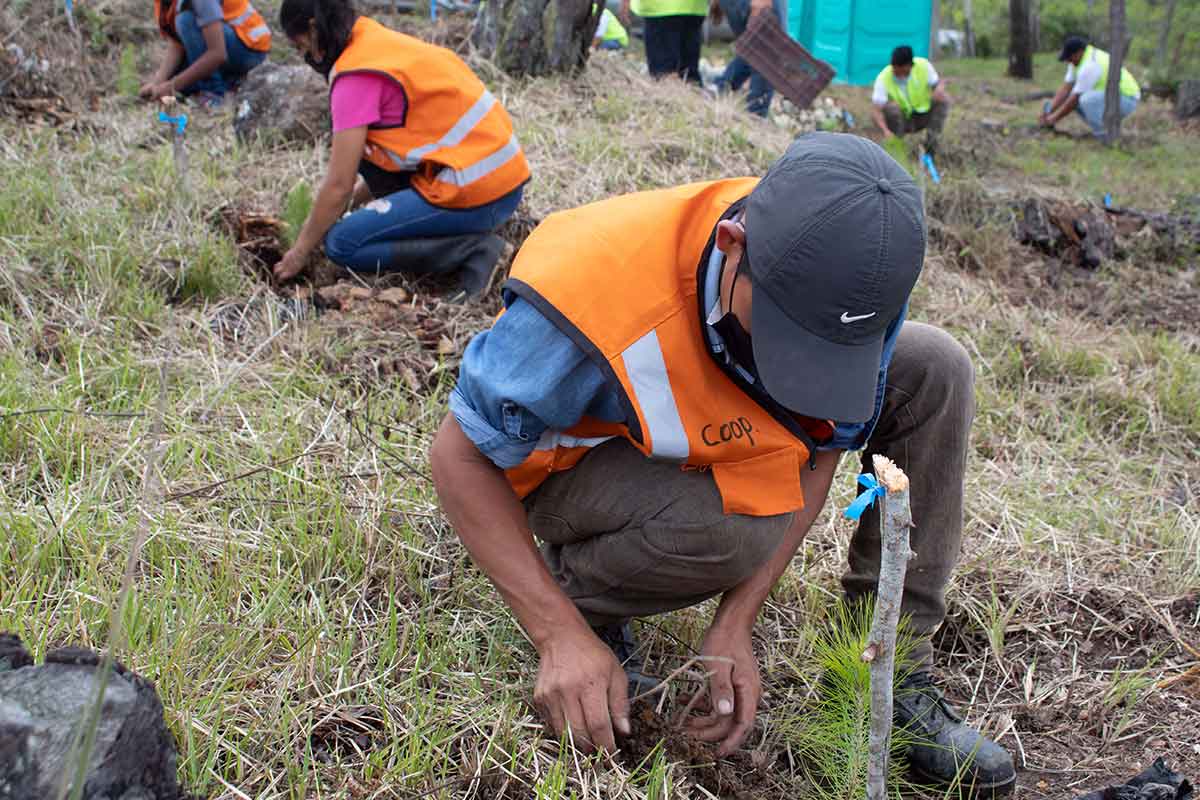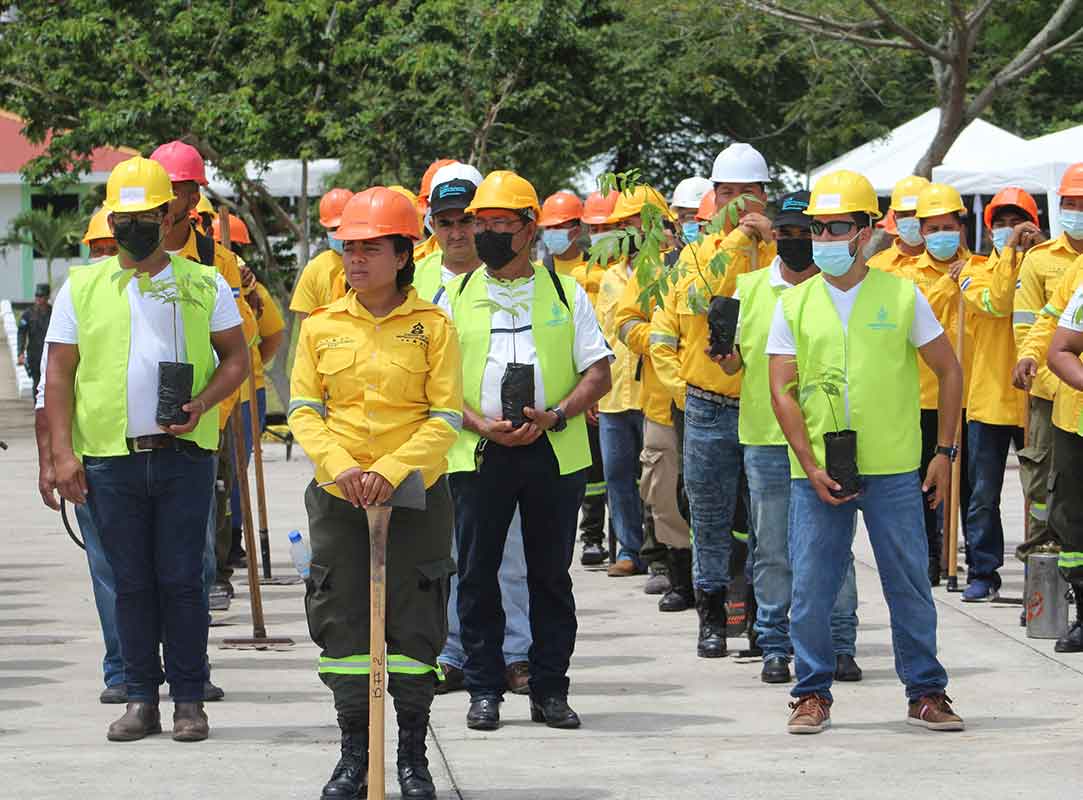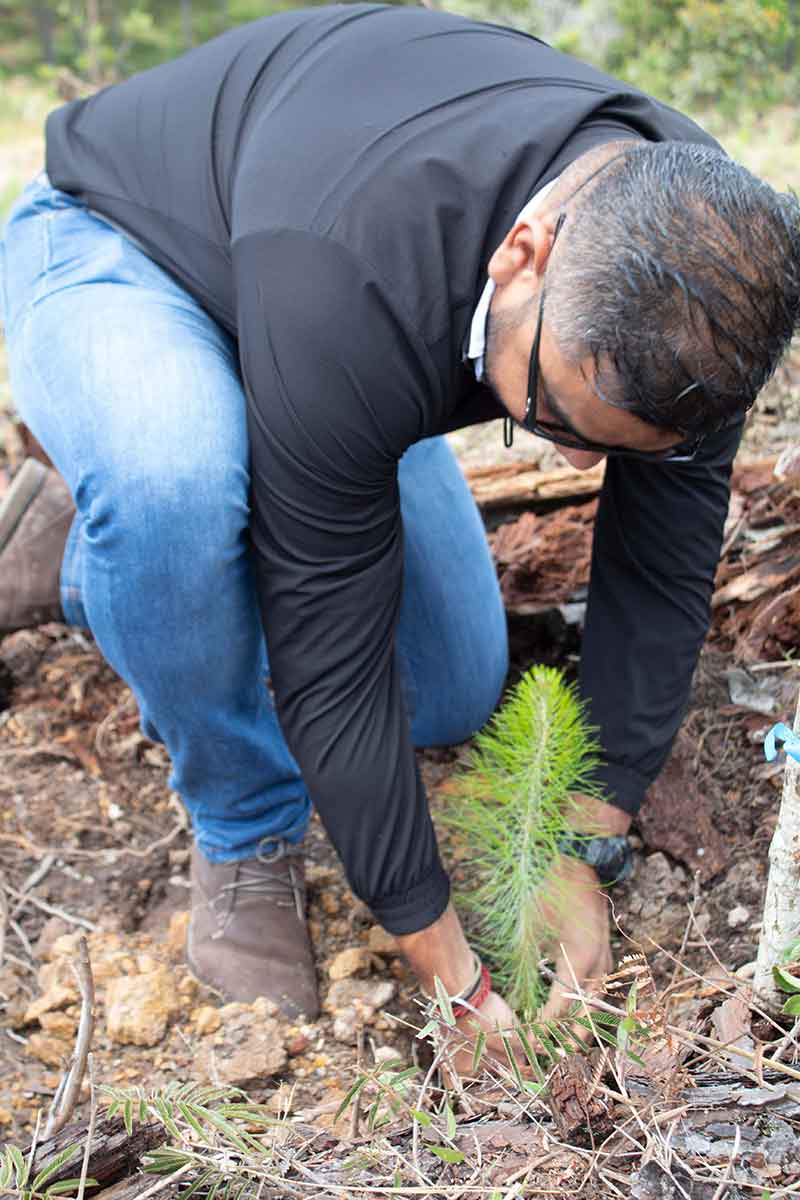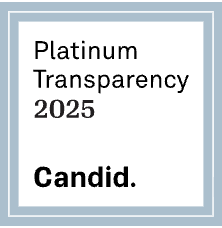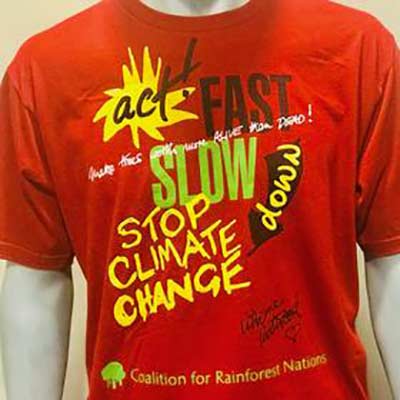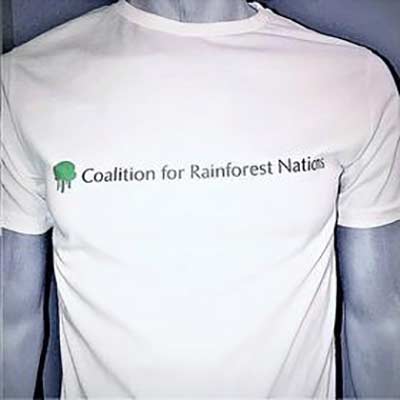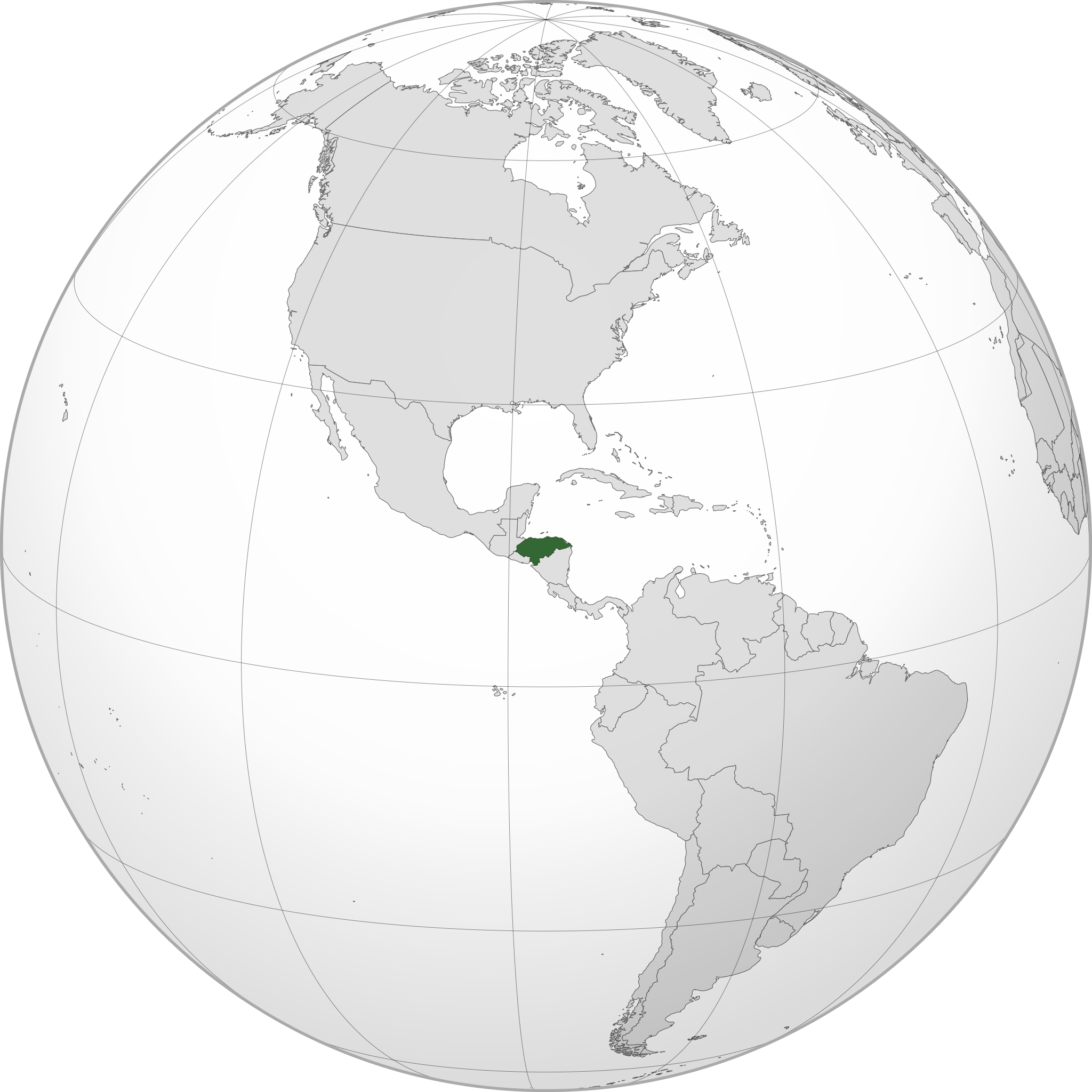
Honduras
Honduras is a member of the Coalition for Rainforest Nations. Occupying a territory about the size of Pennsylvania, it is a nation of 10 million people. The second largest rainforest in the Americas, known as La Mosquitia, straddles the border between Honduras and Nicaragua along the Rio Coco. It is home to numerous indigenous and Afro-descendent peoples. And it contains enormous bio-preserves such the Río Plátano.
Country Statistics
Background
At 112,492 square kilometers (43,443 square miles), Honduras is the second largest of the Central American countries. Its climate is subtropical. The north coast is hot and humid, boasting large tracts of fertile land, while its central highlands, which reach 2,400 meters (7,874 feet) in height, have a cooler, drier climate. The Pacific coast lowlands’ climate is hot and dry.
Forests cover roughly fifty-six percent of Honduras, and much of the forest land falls in protected areas. A quarter of Honduras’s forest is broadleaf, seventeen percent is coniferous, and 10 percent is deciduous broadleaf. Coniferous forests are classified as vulnerable, since they are home to hundreds of species of trees which are valuable in the logging trade.
Forests provide resources and livelihoods for rural populations and also serve as an important purifier for fresh water. For example, almost half of the 850,000 people living in Tegucigalpa, Honduras’s capital, rely on water from La Tiga National Park.
Honduras’s mangroves are formally declared protected areas. Despite this, they have been ravaged by commercial development, and commercial shrimp farming. Mangrove forests comprise just .45% of the country, but they play a vital role in coastal protection, and foster biodiversity. They are also a source of food for the local communities that depend on them for a rich harvest of crabs, shrimp, and fish.
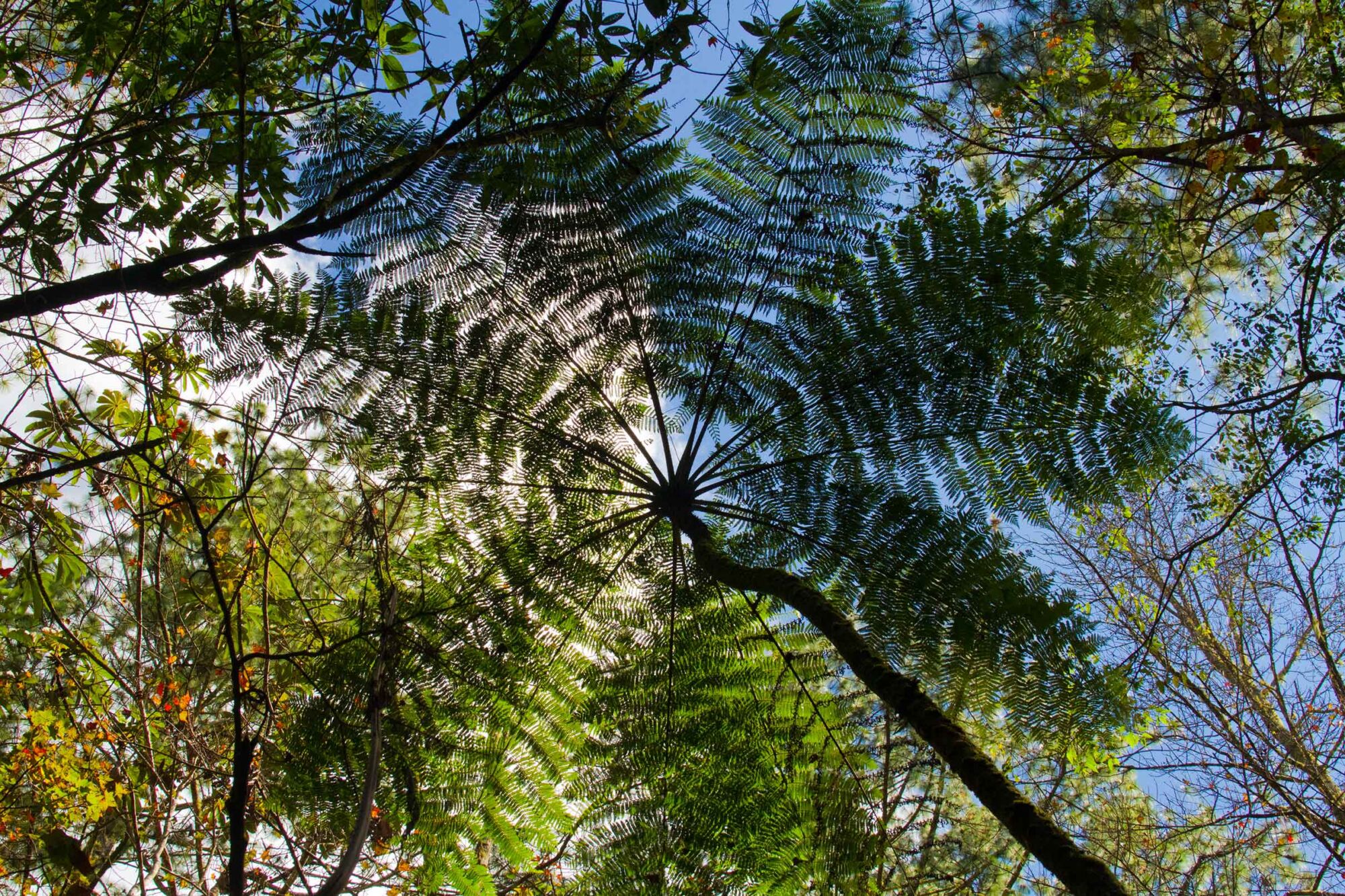
Government Action
Democratically Elected Government Moves to Stop Deforestation
The democratically elected government of President Xiomara Castro has demonstrated strong leadership and decisive action to protect its forests. Ms. Castro was elected in 2021 by a resounding majority of Hondurans, more than a decade after a military coup removed her husband President Manuel Zelaya from office. The Castro government has moved swiftly to align Honduras’s institutions behind the REDD+ mechanism. REDD+ stands for Reversing Emissions from Deforestation and Forest Degradation.
Honduras hopes that preserving forests from threats such as commercial logging and clearing for commercial agriculture will help keep people who rely on the forest from leaving Honduras in search of a better life. The government’s plan to create green jobs as part of implementing REDD+ is a big part of the solution. “Sovereign carbon credits — issued nationally — can stop economic migration,” said Lucky Medina, the 33-year-old minister of energy, natural resources, and environment for Honduras, at COP27 in 2022. “They can create green jobs. These credits are to keep Hondurans in Honduras.”
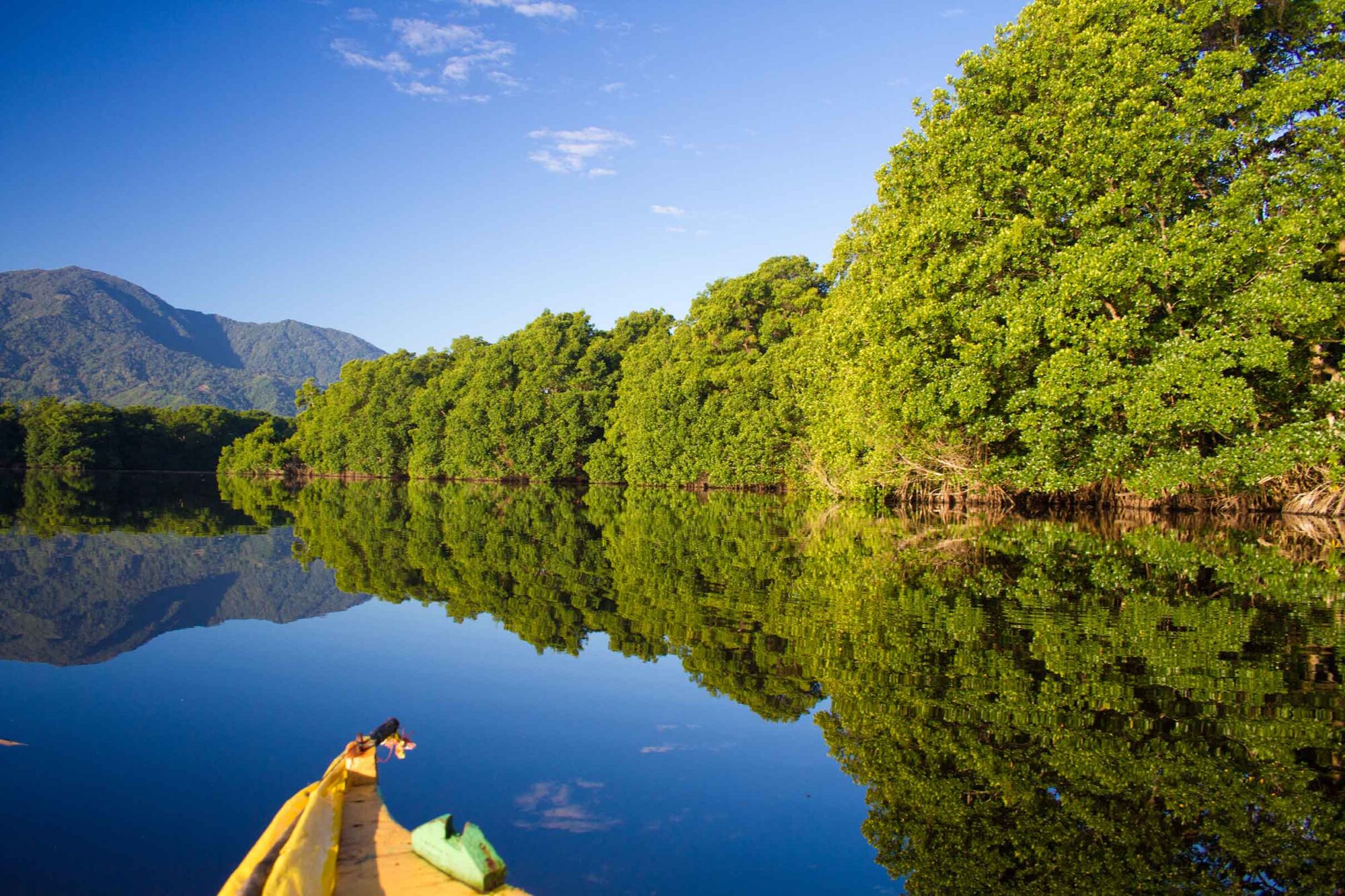
How Honduras is Protecting its Forests
Honduras has begun winning its battle to reverse deforestation at national level. Before the 2009 military coup, its rate of deforestation was a mere 0.5%. Between 2009 and 2021, the rate skyrocketed to 7%, due to logging, commercial agriculture, and rampant narco-trafficking which led to drug lords clearing forests for farming in an attempt to launder their ill-gotten gains. An article in Science Magazine estimated that the illegal cocaine trade was responsible for between fifteen and twenty percent of the deforestation in the area. Under Xiomara Castro, who has brought in the army to help with enforcement, the deforestation rate has dropped to 1.5%. Indigenous people are strong stewards of natural capital. The current government acknowledges that fifty percent of national protected areas are cared for by indigenous peoples, whose lifestyles are compatible with healthy forest ecosystems, and its REDD+ planning supports them.
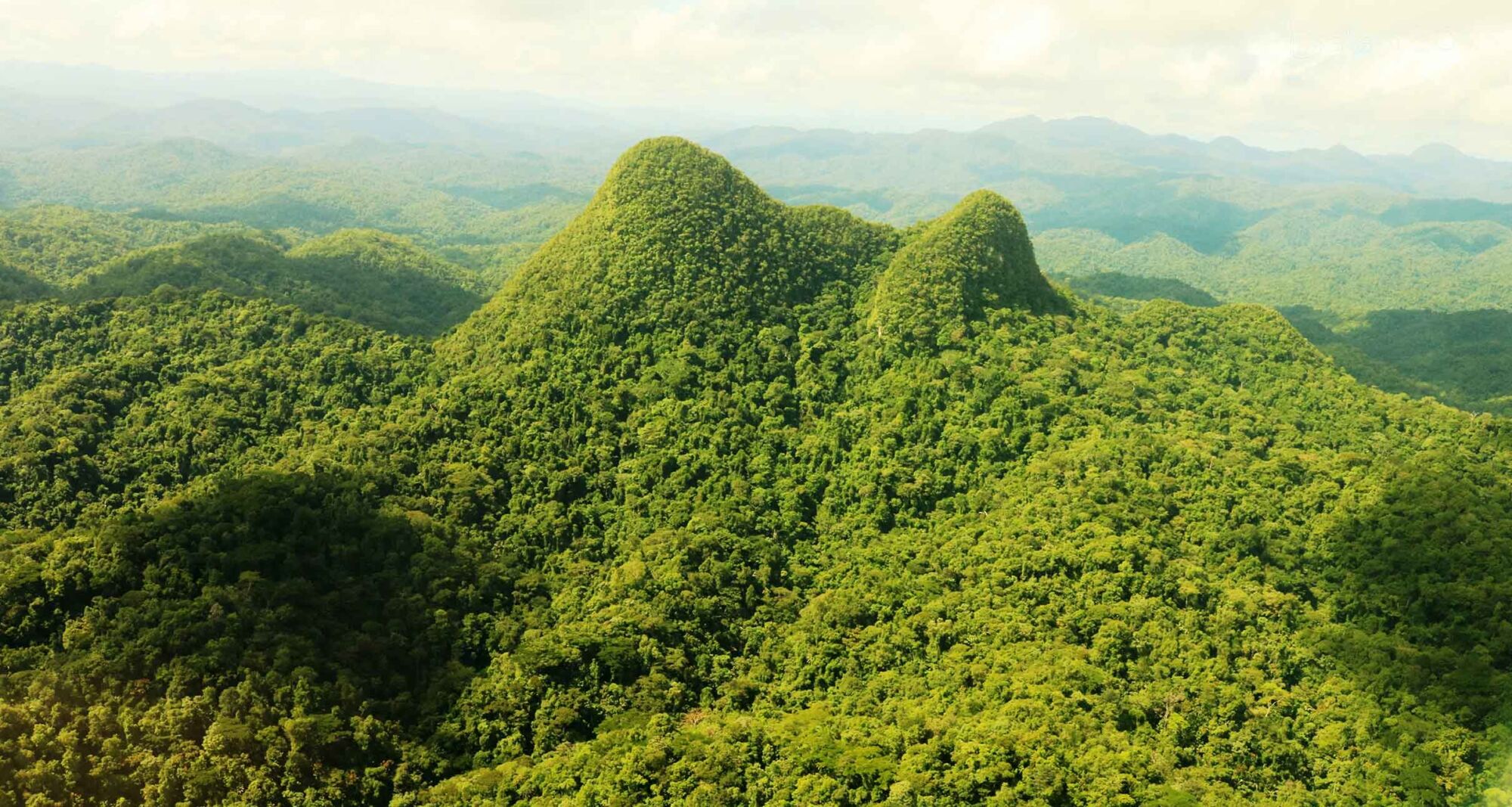
Río Plátano Biosphere Reserve: World Heritage site since 1982
The Río Plátano Biosphere Reserve, part of the so-called “great lungs” of Central America, covers nearly 7% of Honduran territory. It encompasses both mountainous and lowland tropical rainforest and is full of diverse animal and plant life. Despite its listing as a World Heritage site in 1982, it has suffered from illegal logging, drug smuggling, clearing of land for cattle grazing, and illegal hunting and fishing. Due to these threats, it has been twice placed on the “List of World Heritage In Danger.”
The representative species in its boundaries include the white-headed capuchin, mantled howler and spider monkeys, brown-throated sloth, paca, kinkajou, coatimundi tayra, Central American otter, puma, collared peccary, white-lipped peccary and red brocket. The rare or endangered species include the giant anteater, jaguar, ocelot, margay, Caribbean West Indian manatee, and Central American tapir.
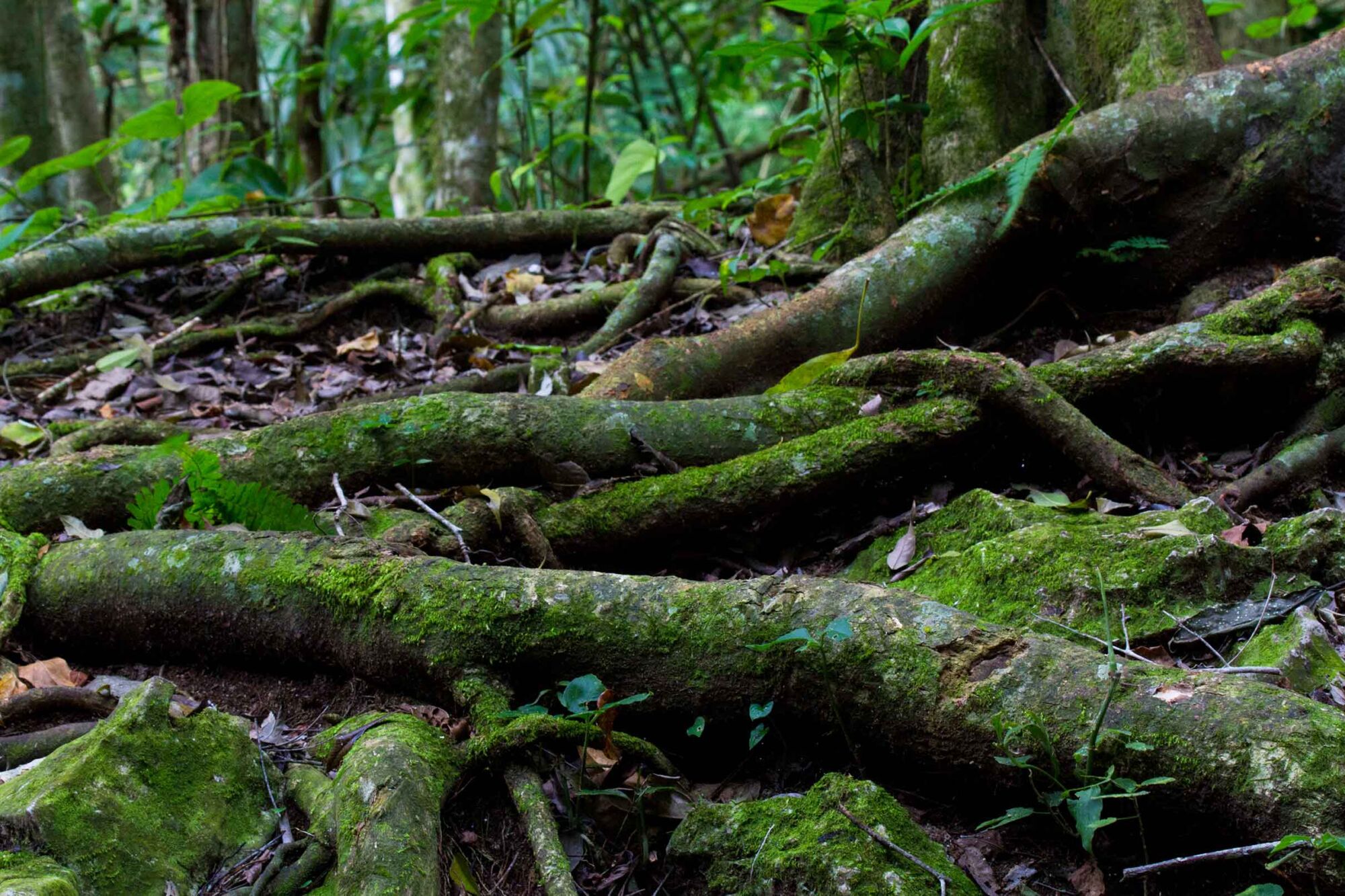
The endangered Giant Anteater
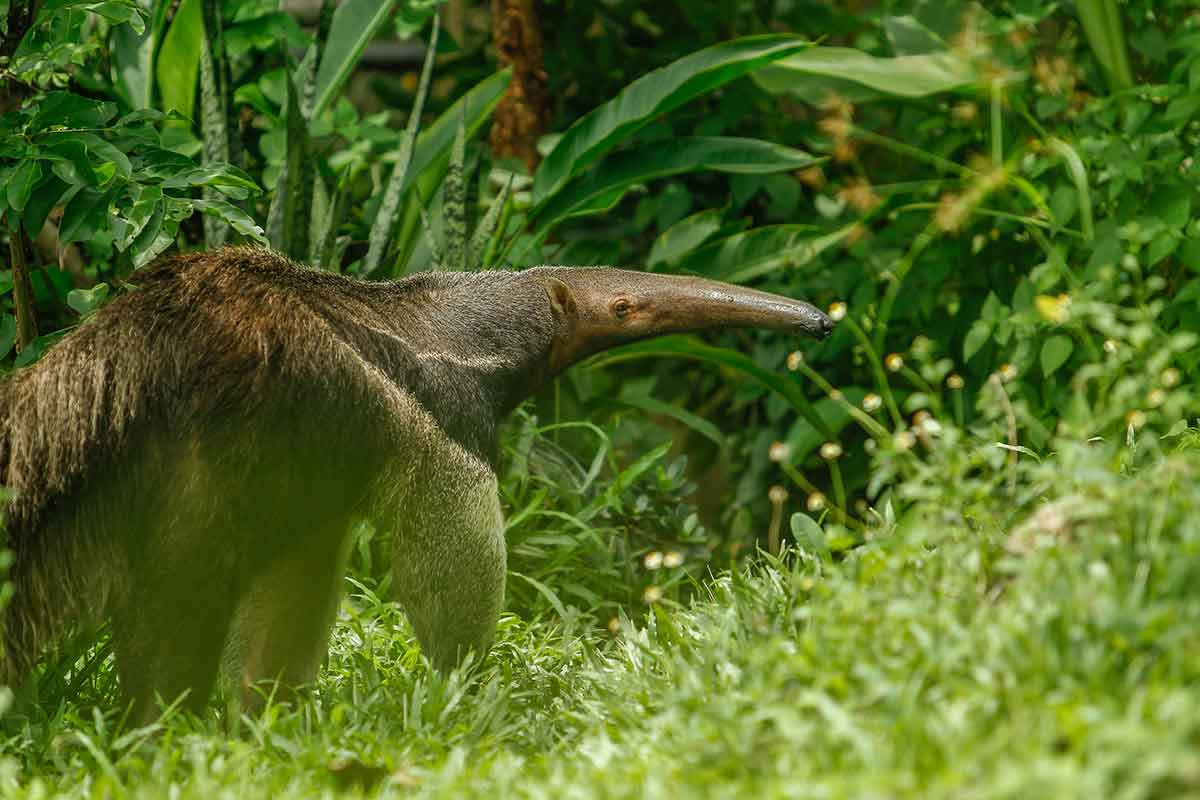
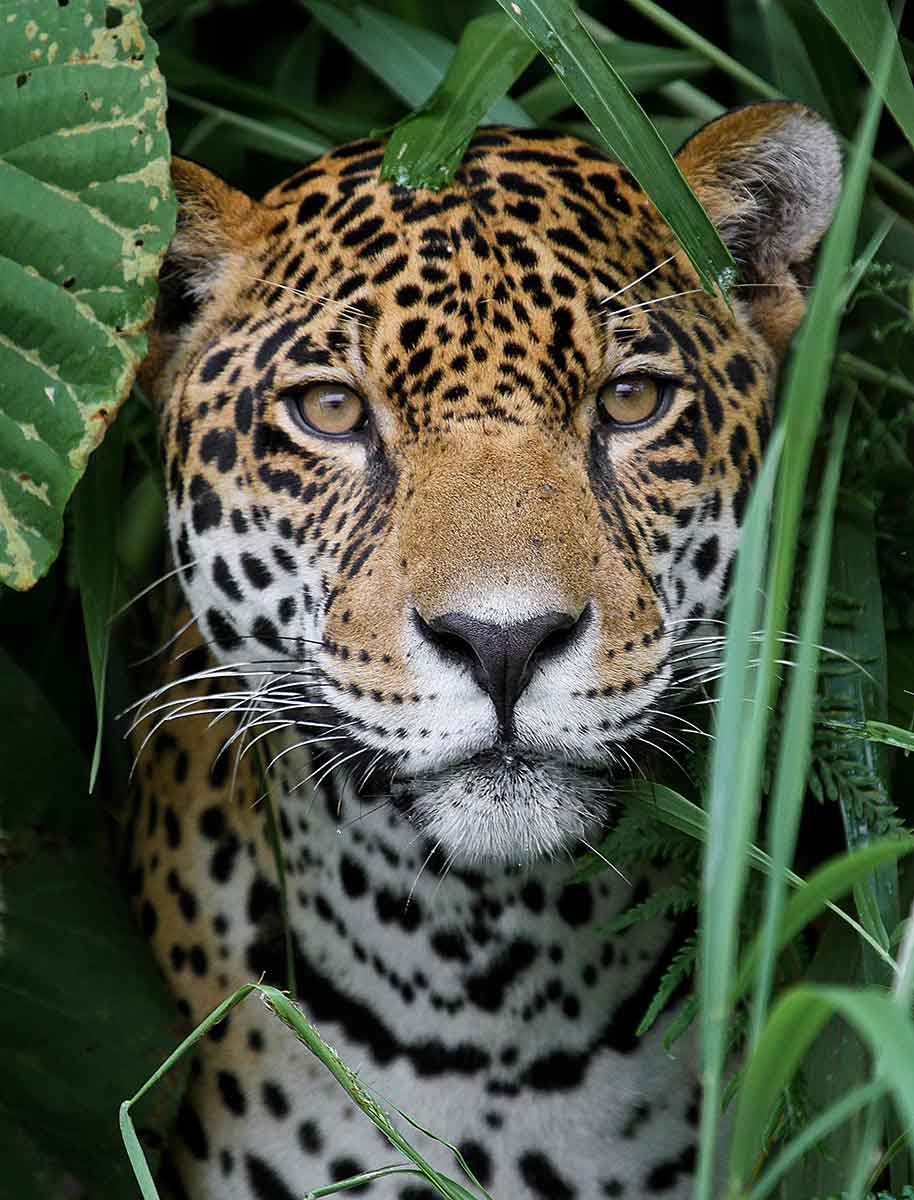
Puma
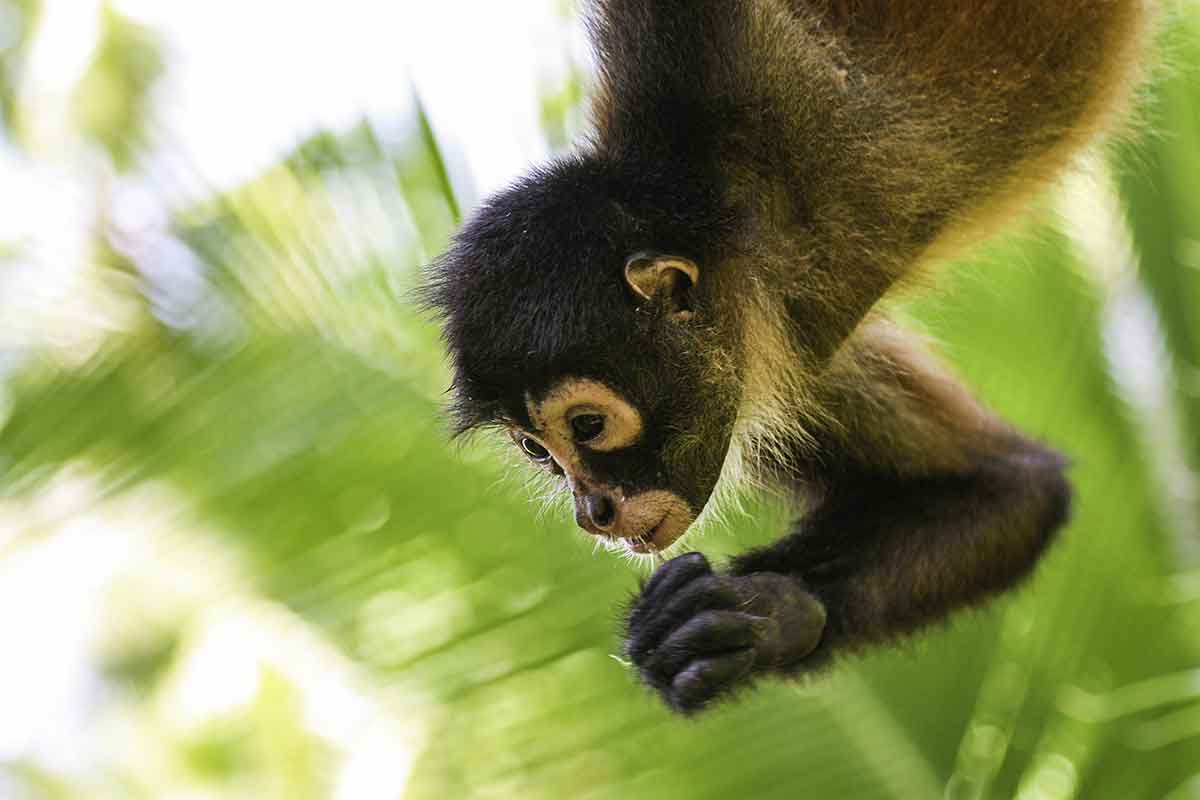
Spider Monkey
Country Statistics
Our Work
The Coalition for Rainforest Nations (CfRN) has partnered with Honduras on its journey to end deforestation, supporting Honduras’s participation in the UNFCCC’s Reducing Emissions from Deforestation and Forest Degradation (REDD+) mechanism. CfRN’s experts have assisted Honduras through in-country human capital building to prepare greenhouse gas inventories and report the results of its national emissions reductions and removals from its rainforests to the UNFCCC.
Honduras plans to come to market with an offering of 7.7 million credits in early 2023. Under REDD+, sovereign governments decide how proceeds from sales of forest credits will be used. Honduras’s credits are earmarked for forest preservation and to help create sustainable jobs for its people, such as in ecotourism, and sustainable forestry and forest-related manufacture, such as furniture and flooring; and agroforestry including coffee production, all the while planting trees to restore its forest.
CfRN salutes Honduras for its actions and for showing the way forward for other CfRN member countries, on rainforest conservation. Through the issuance of REDD+ sovereign credits, Honduras and other CfRN member countries are helping to make forests worth more standing than felled.
